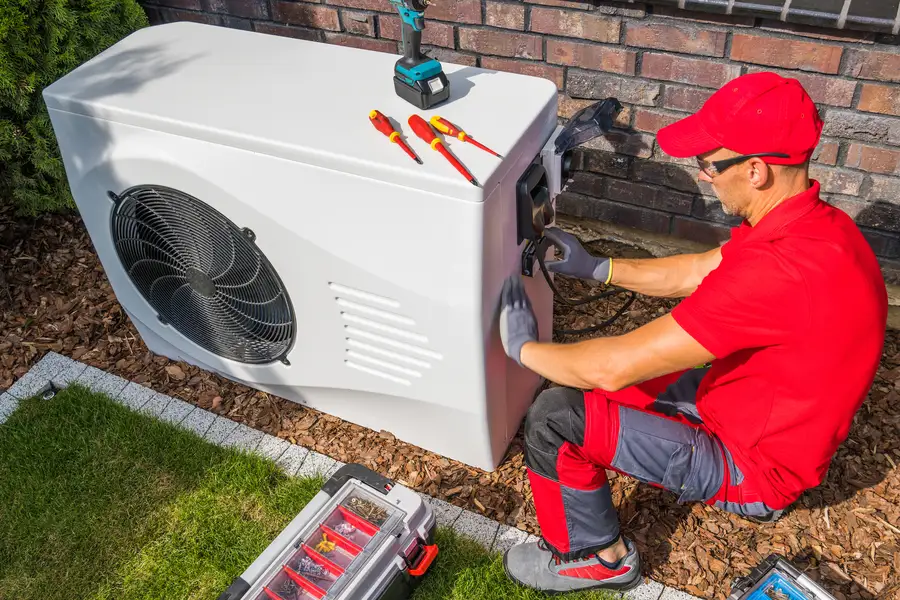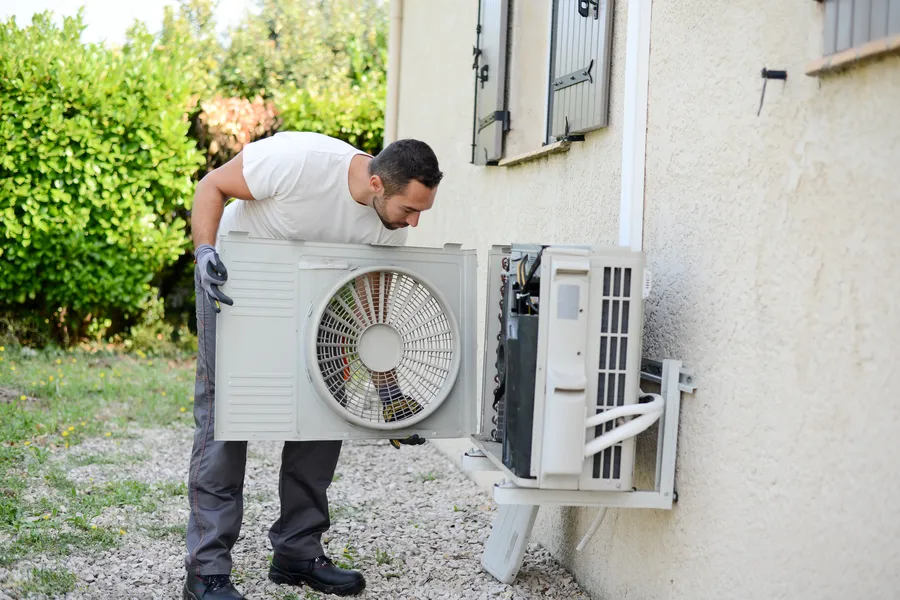Understanding the Obstacles in Setting up a Pool Heater
Installing a pool heat pump can greatly enhance your swimming experience by ensuring your pool maintains a comfortable temperature. However, the installation process presents several challenges that homeowners often face. These issues can range from finding the right location to managing electrical requirements. Understanding these challenges is crucial for a smooth installation process. This article explores some common hurdles and offers practical solutions for each.

Choosing the Right Location for Your Pool Heater
One of the primary challenges with heat pump installation is selecting an optimal location. The unit needs to be placed where it can effectively draw air and expel warmth. It should ideally be installed away from high-wind areas, which can affect its efficiency. Also, consider proximity to the pool, as a closer unit will lose less heat through piping. Ensuring adequate airflow around the pump is critical for its performance and longevity.
Understanding Electrical Requirements
Another significant challenge during heat pump installation involves managing electrical requirements. Pool heat pumps often require a dedicated electrical circuit. Understanding the necessary voltage and ensuring your electrical system can handle the additional load is vital. Consult a professional electrician to determine if upgrades are needed to accommodate the pump’s power needs.

Dealing With Noise Issues
Noise can be a concern when installing a pool heat pump. Some units produce noticeable sound levels that could disturb the peace around your pool area. To address this, check the manufacturer’s noise ratings and consider positioning the unit away from living spaces or adding soundproofing measures. Regular maintenance can also reduce operational noise over time.
Handling Temperature Fluctuations
Temperature fluctuations pose another challenge during heat pump installation. These devices are designed to work efficiently within a specific temperature range. Extreme cold or hot weather can impact their efficiency. To mitigate this, consider using a pool cover to minimize heat loss and maintain a stable temperature. Some installations may also require auxiliary heating systems for extremely cold climates.
Cost Considerations and Budgeting
Budget constraints often influence decisions around pool heat pump installations. The initial cost involves purchasing the unit and the expenses related to installation, which might include hiring professionals for electrical work and site preparation. Long-term costs, such as energy consumption, should also be considered. Investing in an energy-efficient model can reduce operating costs over time.
- Select an optimal location away from strong winds
- Ensure electrical system compatibility
- Consider noise-reducing strategies
- Manage temperature changes effectively
- Factor in both initial and long-term costs
Expert Tips for a Successful Installation
To ensure a successful pool heat pump installation, follow some best practices recommended by experts. Start by conducting thorough research on different heat pump models to find one that suits your climate and budget. Ensure you hire experienced professionals for installation to avoid common errors. Finally, schedule regular maintenance checks to keep your pump running efficiently.
Get Professional Assistance for Your Pool Heater Needs
If you’re facing challenges with installing a pool heat pump, it’s advisable to seek professional help. Experts can offer tailored solutions based on your specific requirements, ensuring an efficient and effective installation process. Contact Ultra Marine Pools of Punta Gorda at (941) 889-8658 for expert advice and services. Based in Punta Gorda, FL, we are committed to providing top-quality installation services for all your pool heating needs.